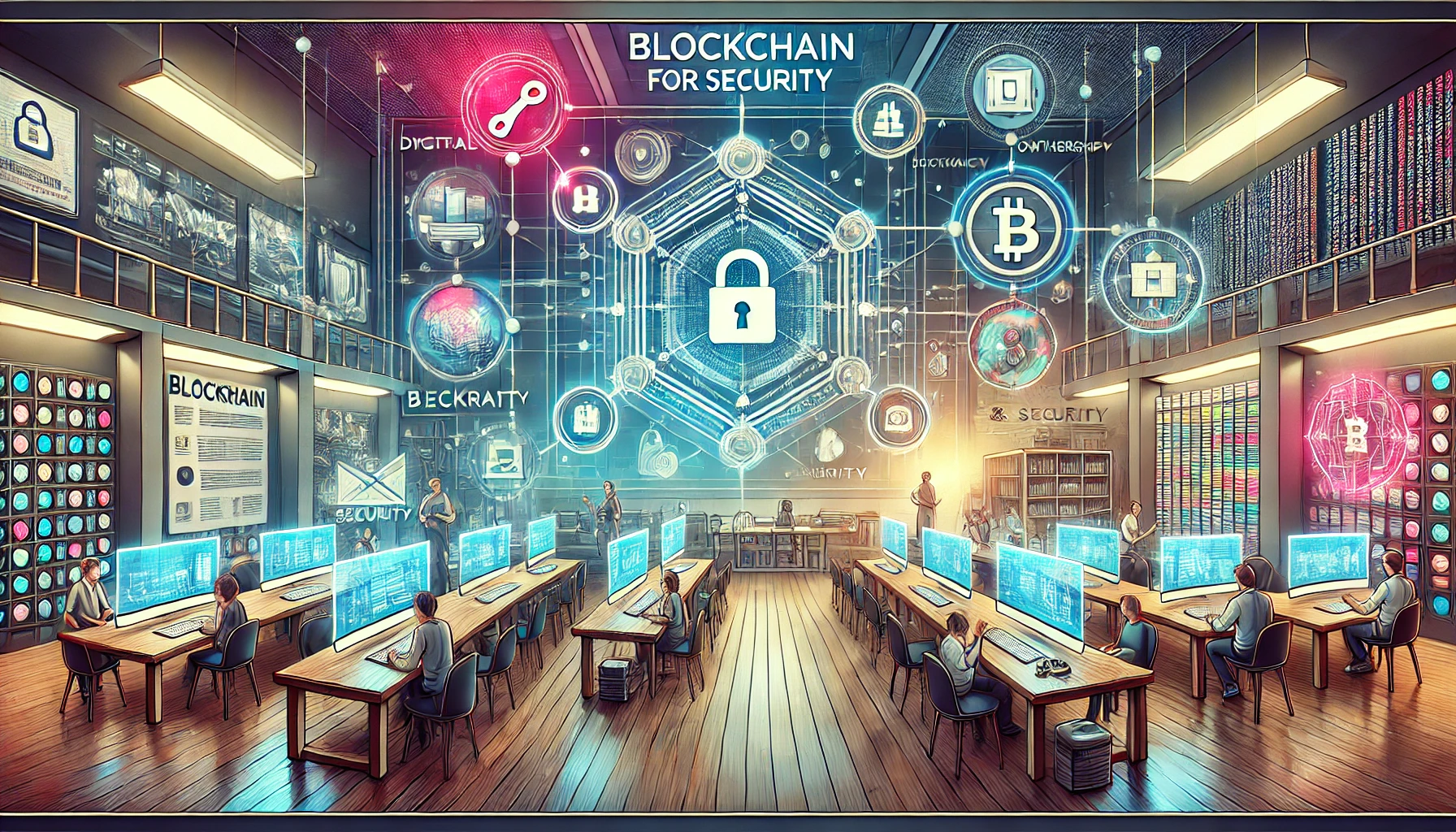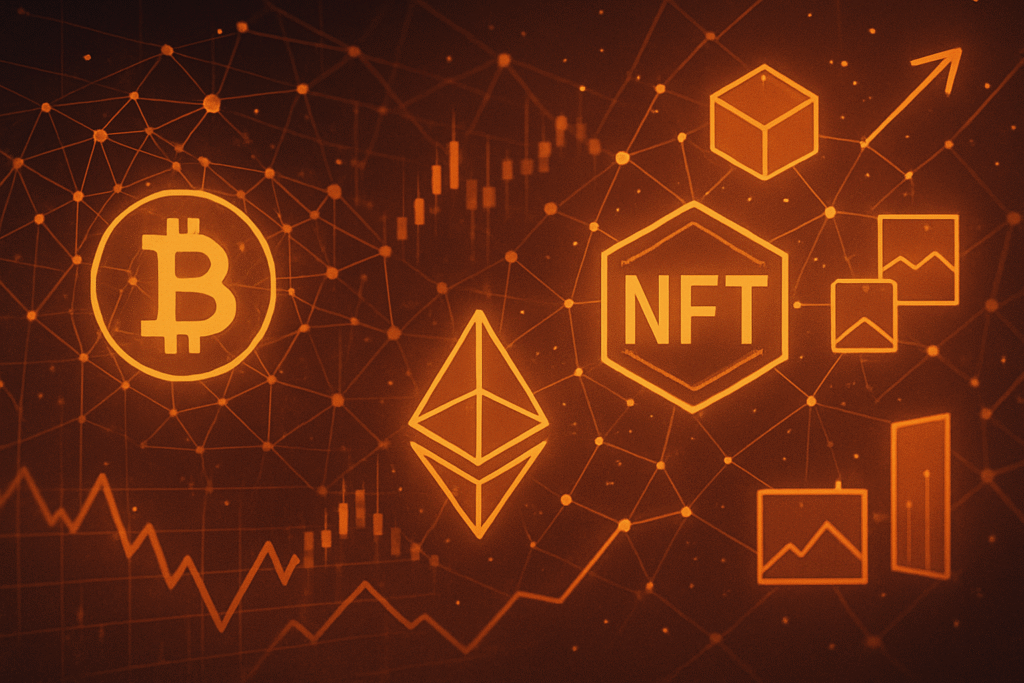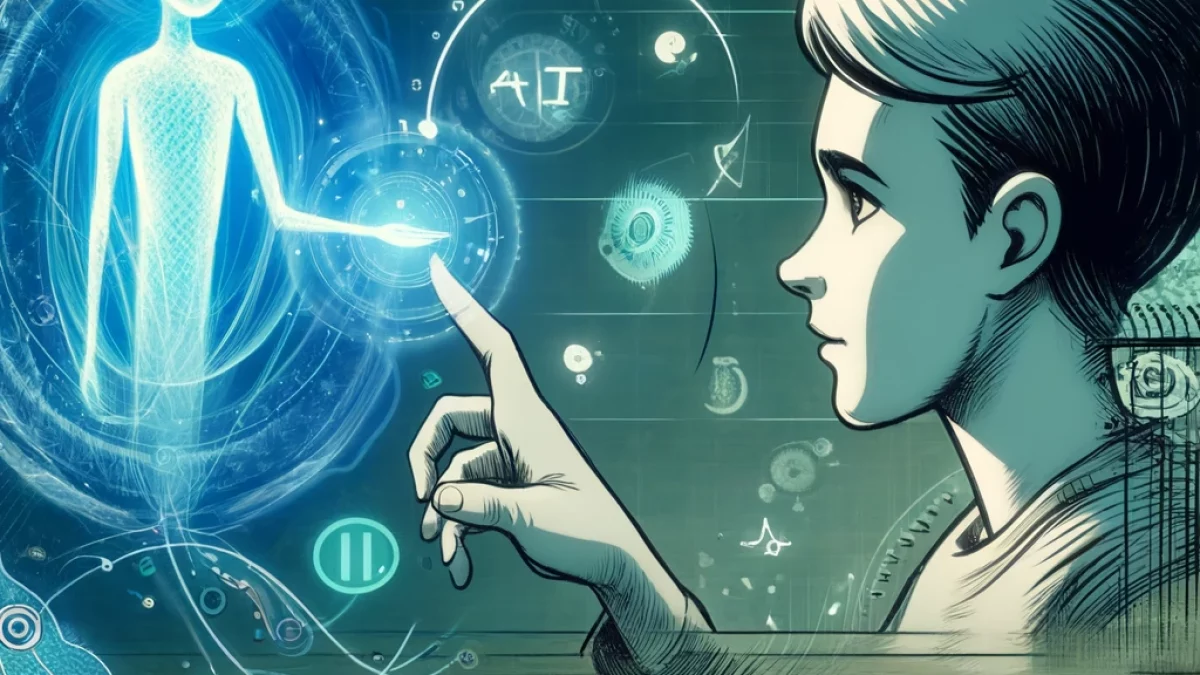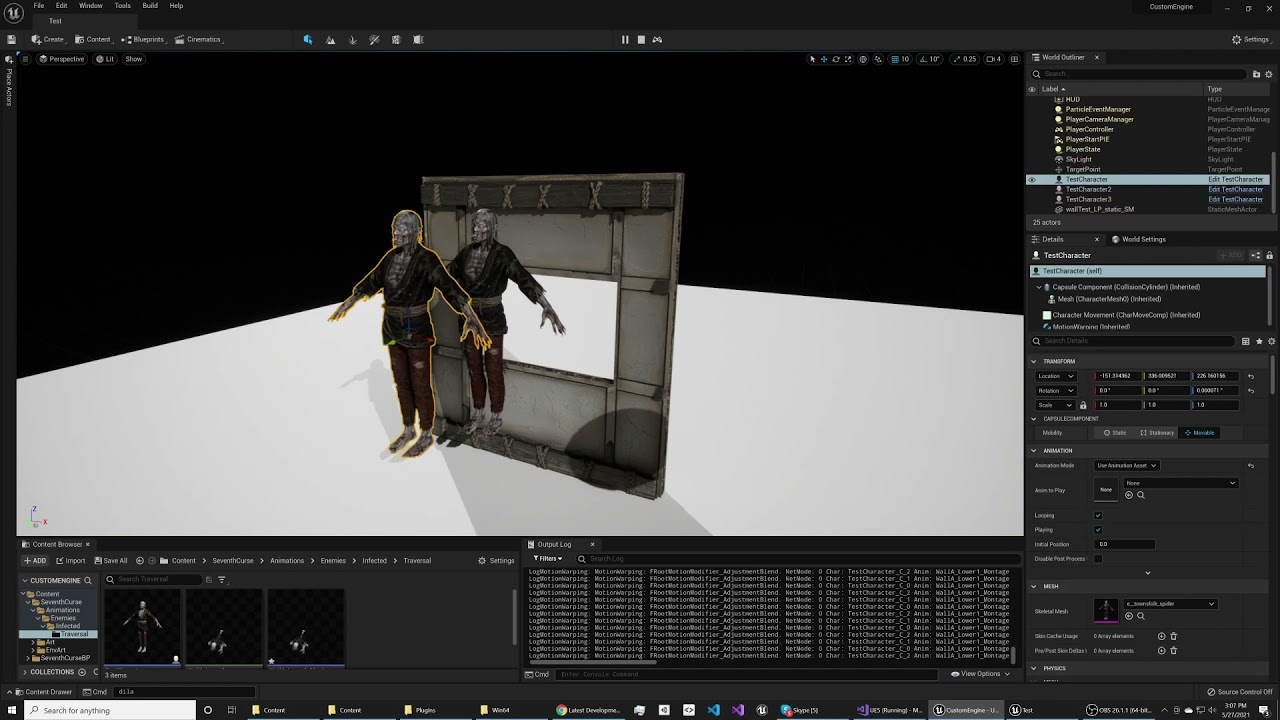scrapfellow.com – In the digital age, the authenticity and ownership of art have become critical concerns. Traditional artworks can be authenticated through provenance and expert verification, but digital art has long faced issues with duplication and copyright infringement. Blockchain technology has emerged as a powerful solution, ensuring security, authenticity, and traceability in the world of digital art through non-fungible tokens (NFTs).
The Role of Blockchain in Digital Art
Blockchain is a decentralized ledger that records transactions in a secure, tamper-proof manner. When an artist mints their digital artwork as an NFT, the blockchain creates a permanent record of its ownership and provenance. This record ensures that the art is unique and cannot be altered or counterfeited.
How Blockchain Protects Artists and Collectors
- Provenance and Authenticity – Every NFT has a unique identifier stored on the blockchain, proving its originality and ownership history. This prevents unauthorized duplication and fraud.
- Smart Contracts – These are self-executing contracts that automatically enforce terms such as royalty payments to artists whenever the NFT is resold, ensuring fair compensation.
- Decentralization – Unlike traditional art registries controlled by institutions, blockchain records are distributed across multiple nodes, making them resistant to manipulation or loss.
- Immutable Ownership Records – Once an NFT is sold, the transaction is permanently recorded, preventing disputes over ownership.
Challenges and Future Developments
Despite its advantages, blockchain-based digital art still faces challenges. High transaction fees (gas fees), environmental concerns related to energy consumption, and market volatility are key issues. However, newer blockchains like Ethereum 2.0, Solana, and Tezos are introducing eco-friendly solutions with lower costs.
As technology evolves, blockchain will likely continue to shape the future of digital art, providing greater security, transparency, and opportunities for artists worldwide. By leveraging decentralized technology, digital artists can protect their work, earn royalties, and redefine the boundaries of art ownership in the modern era.





